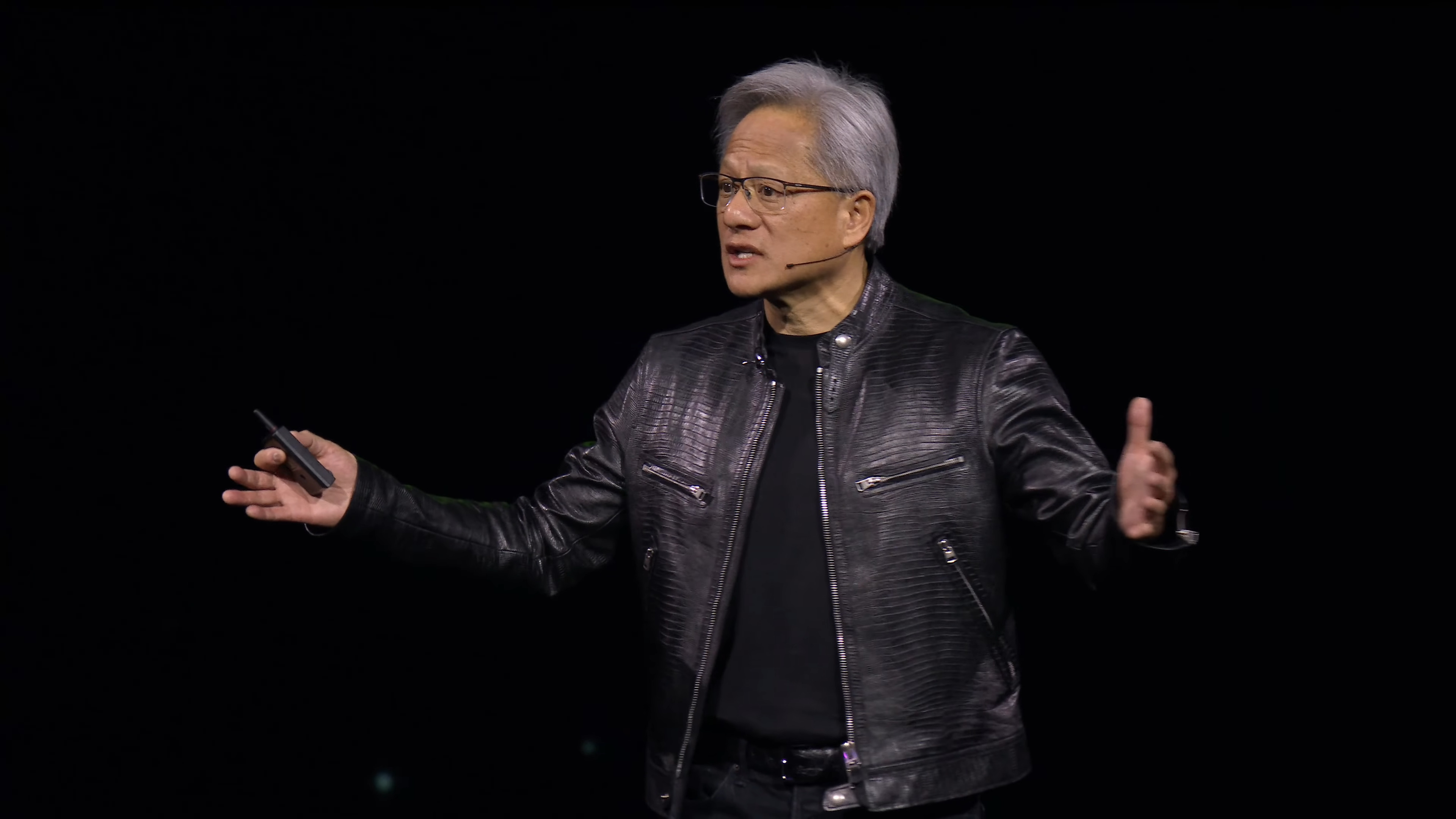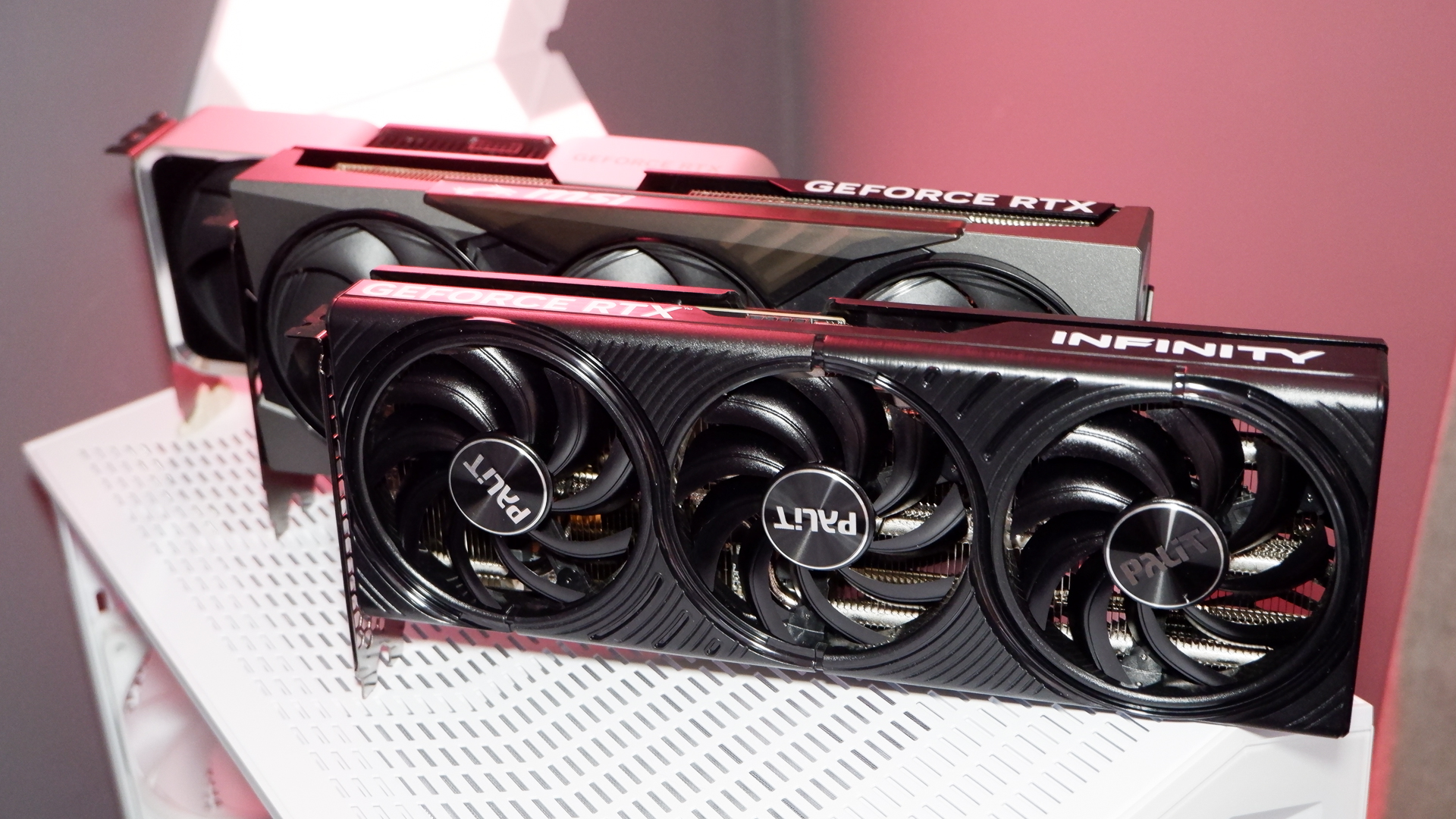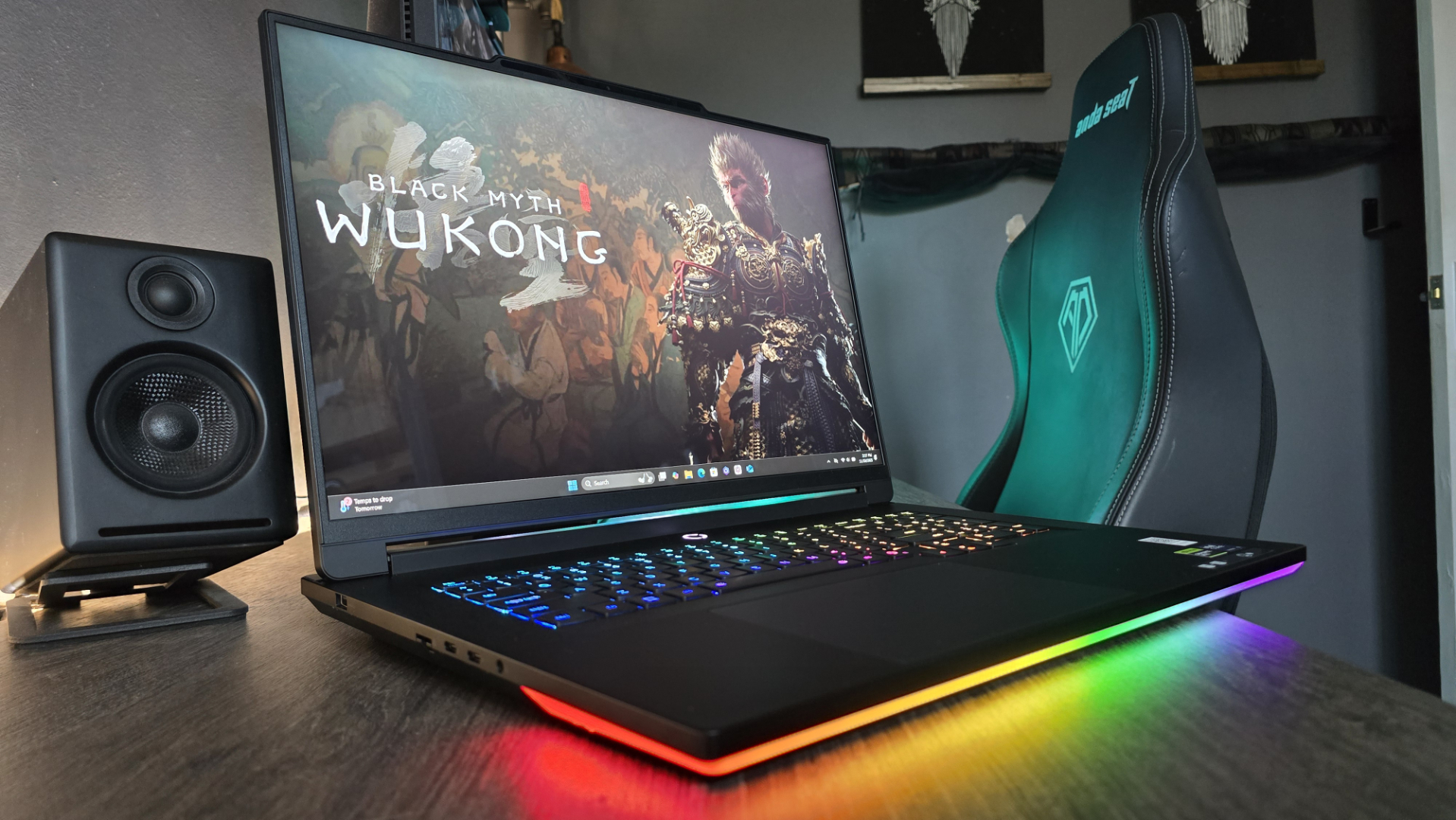Nvidia CEO Jensen Huang advises AI customers to 'pace themselves' after GPU clusters sell out, but the company says it's going to continue to scale up
What am I humming? Bubble Pop by HyunA, for no particular reason.

Nvidia has been on a tear. Just in case you've been living under a nice mossy rock the past few years, the advent of generative AI has ushered in a golden era for the company. Let's talk some truly eye-watering facts and figures: during Nvidia's Q2 2025 earnings call, the company reported a total revenue of $46.7 billion. Okay, so it's more like a diamond-encrusted-with-foie-gras-on-the-side era, but it's been far from smooth sailing.
As such, with the next-gen Rubin architecture just off the horizon and data centre demand continuing to grow, Nvidia CEO Jen-Hsun Huang said during the aforementioned earnings call, "We advise our partners, our customers to pace themselves."
It's bizarre to hear the head of a company making bank say anything to the effect of 'actually, hold your horses,' but Huang advises that Nvidia's AI customers build "data centers on an annual rhythm." Why? There are more than a few potential reasons, ranging from the ever-changing tariff situation in the US, to potential strain on what may well be an AI bubble.
But, specifically referring to Nvidia's H100 and H200 GPU clusters often used in AI data centres, Huang had this to say: "Right now, the buzz is — I'm sure all of you know about the buzz out there. The buzz is everything sold out."
We've also seen stock supply issues on the gaming side. Early supplies of RTX 50-series GPU stock left much to be desired, making it an absolute mission to find a card at MSRP only a few months ago. Still, gaming alone raked in $4.3 billion for Nvidia, according to the Q2 2025 earnings call. Thankfully, it's a little easier to find a 50-series card at a reasonable price now, as our best graphics cards deals guide can attest.

However, it's worth noting that Nvidia's AI revenue vastly overshadows even the billions made by its gaming division. As such, Huang kept these priorities in sight as he reassured investors that Nvidia was taking steps to avoid similar scarcity with Rubin later this year.
In his closing remarks, Huang said, "Our next platform, Rubin, is already in fab. We have six new chips that represent the Rubin platform. They have all ticked up at TSMC. Rubin will be our third-generation NVLink rack scale AI supercomputer, and so we expect to have a much more mature and fully scaled up supply chain."
Keep up to date with the most important stories and the best deals, as picked by the PC Gamer team.
Given the constantly shifting US tariff situation and its far-reaching effects on the wider geopolitical stage, it's hard to comment on the projected success of even the best laid plans. And then there's the fact that major player Meta is actually looking to downsize its own AI division—could this herald the shape of things to come for AI's place within big tech?
If Huang suspects as much, he didn't let on, instead saying, "Blackwell and Rubin AI factory platforms will be scaling into the $3 trillion to $4 trillion global AI factory build out through the end of the decade."

1. Best overall: AMD Radeon RX 9070
2. Best value: AMD Radeon RX 9060 XT 16 GB
3. Best budget: Intel Arc B570
4. Best mid-range: Nvidia GeForce RTX 5070 Ti
5. Best high-end: Nvidia GeForce RTX 5090

Jess has been writing about games for over ten years, spending the last seven working on print publications PLAY and Official PlayStation Magazine. When she’s not writing about all things hardware here, she’s getting cosy with a horror classic, ranting about a cult hit to a captive audience, or tinkering with some tabletop nonsense.
You must confirm your public display name before commenting
Please logout and then login again, you will then be prompted to enter your display name.

